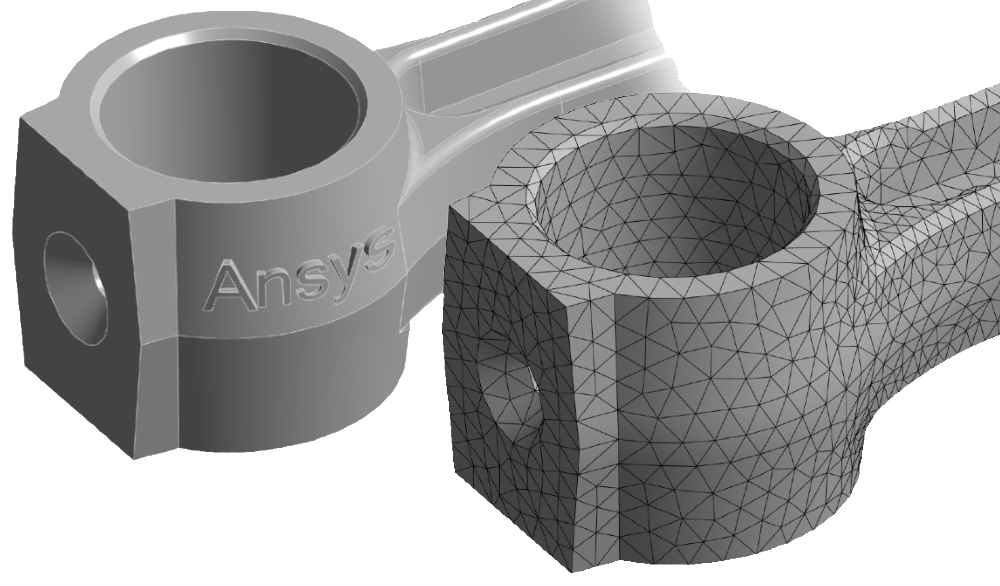New Ansys Mechanical Features
Geometry Preserving Mesh Adaptivity (GPAD)
In Ansys 2023 R1 Mechanical GPAD automatically refines a mesh for better resolution of stresses and strains on intricate features. Mesh adaptivity is done on the initial CAD geometry and eliminates the need for an over refined initial mesh and takes out the guess work on mesh sizing for durability studies.

Topography Optimization
Optimization of frame and shell structures can now be performed using a new topography optimization method that improves structural durability of the component while minimizing mass.

Contact Enhancements
Efficiently setup contacts for complex models, like contact between adhesives and metal sheet components common in Body in White (BIW) durability models, with an improved and simplified setup method. Improvements remove the need for duplicate contact setup and book-keeping of top/bottom faces of sheet bodies, drastically reducing setup time.

Meshing Enhancements
Generate a higher quality mesh that meets your criteria the first time, with improvements including: tetrahedral meshes for drop test simulations and feature suppression, swept hexahedral meshes for welds and shells, as well as general usability improvements

Geometry Based Re-Associativity (GBA)
Efficiently modify a CAD model, without losing the associativity of the model’s features after setup with the Scoping Wizard that detects and re-establishes scoping.
Resource Prediction
Gain insight into the computational resources required to solve a Mechanical simulation, including expected solve time and memory usage, using the AI/ML powered Resource Prediction feature.
Detailed information on the following topics
Learn the new features of Ansys 2023 R1 Mechanical.
